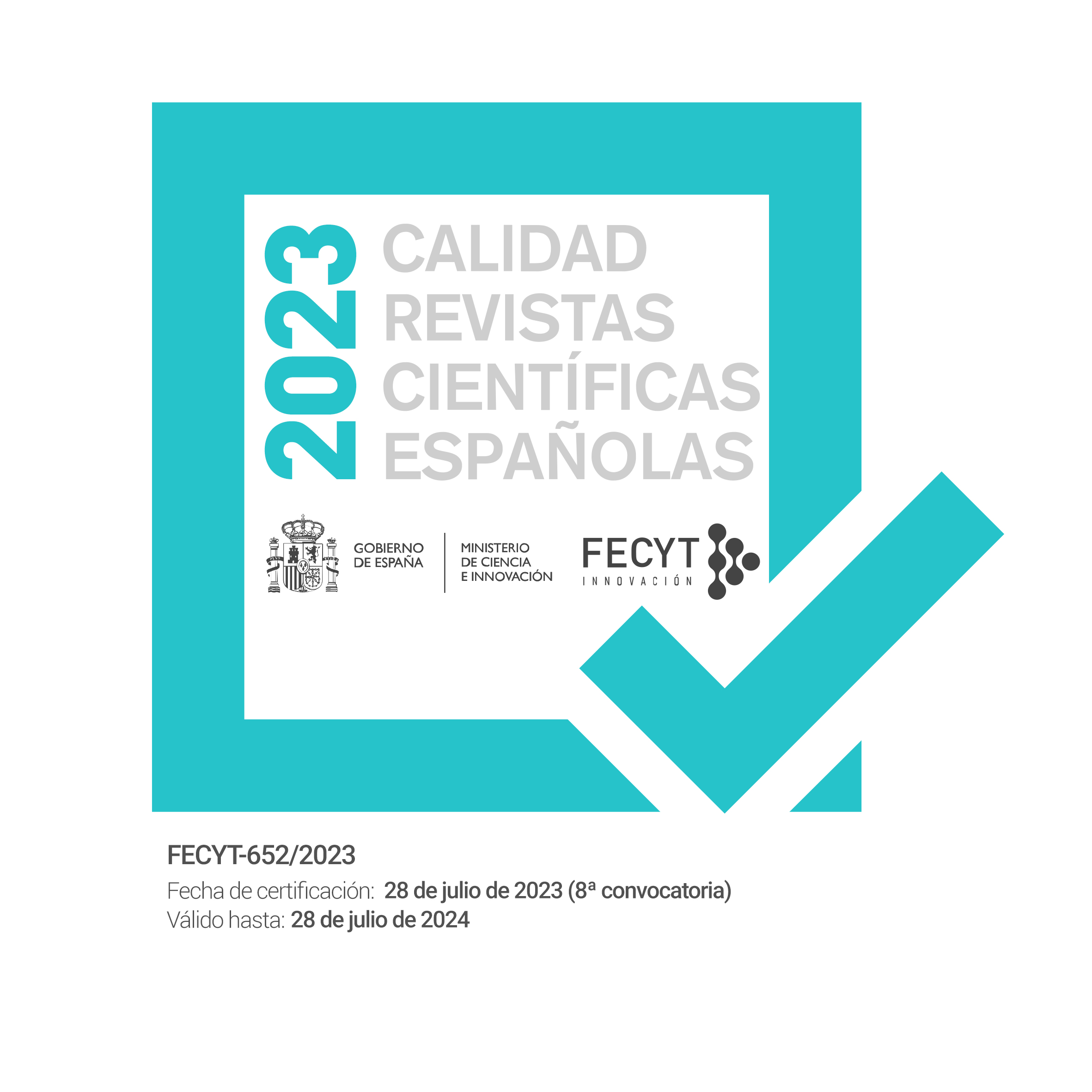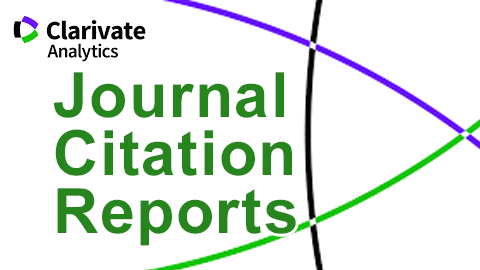THREE-DIMENSIONAL METAPHORICAL OBJECTS IN STREET ADVERTISING
Resumen
This paper aims at unravelling the role of metaphor in three street marketing campaign advertisements. Each advertisement is the product of a creative process involving metaphorical mappings from an urban object (shelter, bench, ramp) onto a target domain (a billboard). The study draws on two approaches from the fields of cognitive linguistics (Forceville 2009) and industrial design (Cila 2013) in order to provide a qualitative analysis of metaphor and modality in the so-called three-dimensional metaphorical objects involved in each advertisement. A new version of the interaction mode (Cila 2013: 18) is proposed as an analytical mode for those three-dimensional metaphorical entities whose real-word materialisation establishes new sets of sensory-motor interactional pathways with human beings. Results show how metaphors combine to yield the desired interactive effects through different patterns of modality. The paper concludes that this combination is a key campaign asset and calls for further work on the deliberate use of metaphor in creative processes.Citas
Ball, K. 2014. Ogilvy & Mather Paris awarded prestigious D&AD Gold Pencil as most awarded advertising agency, May 24. [Available at http://www.ogilvy.com/News/Press-Releases/May-2014-OM-Paris-awarded-prestigious-DAD-Gold-Pencil-as-Most-Awarded-Advertising-Agency.aspx]
Bort-Mir, L. (in press). Adult brain: Game of metaphors for understanding the Internet. Ariadna 3 (2).
Burgers, C., Konijn, E.A., Steen, G.J., and Iepsma, M. 2015. Making ads less complex, yet more creative and persuasive: The effects of conventional metaphors and irony in print advertising. International Journal of Advertising 34 (3): 515-532. doi: 10.1080/02650487.2014.996200.
Casasanto, D. 2010. Space for thinking. In V. Evans and P. Chilton (eds.), Language, Cognition, and Space: State of the Art and New Directions. 453-478. London: Equinox.
Casasanto, D. 2013. Development of metaphorical thinking: The role of language. In M. Borkent, B. Dancygier and J. Hinnell (eds.), Language and the Creative Mind. 3-18. Stanford: CSLI Publications.
Cila, N. 2013. Metaphors we Design by: The Use of Metaphors in Product Design. PhD dissertation, Technical UniversityDelft, NL.
Coventry, K. R. and Garrod, S. C. 2004. Saying, Seeing and Acting. The Psychological Semantics of Spatial Prepositions. New York: Psychology Press, Taylor & Francis Group.
Dandad. 2014. D&AD Most awarded advertising agency 2014 – Ogilvy & Mather Paris. [Video file available at https://www.youtube.com/watch?v=pDrh8WqUOs8]
Evans, V. 2013. Metaphor, lexical concepts, and figurative meaning construction. Journal of Cognitive Semiotics 5 (1-2): 73–107.
Feist, M. I., and Gentner, D. 2012. Multiple influences on the use of English apatial prepositions: The case of "in" and "on". In C. Boonthum-Denecke, P. McCarthy, and T. Lamkin (eds.), Cross-Disciplinary Advances in Applied Natural Language Processing: Issues and Approaches. 305-323. Hershey: Information Science Reference.
FLHeadlines. 2013. IBM: People for Smarter Cities campaign awarded Grand Prix at Cannes 2013 Outdoor Lions [Video file available at https://www.youtube.com/watch?v=WUdhx8wfyxA]
Forceville, C. 2008. Pictorial and multimodal metaphor in commercials. In E.F. McQuarrie and B. J. Phillips (eds.), Go Figure! New Directions in Advertising Rhetoric. 178-204. Armonk: ME Sharpe.
Forceville, C. 2009. Non-verbal and multimodal metaphor in a cognitivist framework: agendas for research. In C. Forceville, and E. Urios-Aparisi (eds.), Multimodal Metaphor. 19–44. Berlin: Mouton de Gruyter.
Forceville, C. 2014. Pictorial and multimodal metaphor. Kulturen im Fokus (KiF), May 15. [Available at http://www.kulturenfokus.de/content/pictorial-and-multimodal-metaphor].
Forceville, C. and Urios-Aparasi, E. eds. 2009. Multimodal Metaphor. Berlin/New York: Mouton de Gruyter.
Gibbs R,W. Jr., ed. 2008. The Cambridge Handbook of Metaphor and Thought. Cambridge: Cambridge University Press.
Gibbs, R.W. Jr. 2011. Evaluating conceptual metaphor theory. Discourse Processes 48 (8): 529–562.
International Business Machines. N.d. Beyond advertising. [Available at http://www-935.ibm.com/services/us/gbs/bus/html/gbs-beyond-advertising]
Kövecses, Z. 2000. Metaphor and Emotion. Cambridge: CUP.
Kövecses, Z. 2010. Metaphor. A Practical Introduction. Oxford/New York: OUP.
Labov, W. 1973. The boundaries of words and their meanings. In C. Bailey and R. Shuy (eds.), New ways of analyzing variation in English. 340-371.Washington, DC: Georgetown University Press.
Lakoff, G. 1987. Women, Fire, and Dangerous Things: What Categories Reveal about the Mind. Chicago: University of Chicago Press.
Lakoff, G. 1993. The contemporary theory of metaphor. In A. Ortony (ed.), Metaphor and Thought. 202–251. Cambridge: Cambridge University Press.
Lakoff, G. 2014. The ALL NEW Don't Think of an Elephant!: Know your Values and Frame the Debate. Vermont: Chelsea Green Publishing.
Lakoff, G. and Johnson, M. 1980. Metaphors we Live by. Chicago: Chicago University Press.
Linguee. N.d. Sit on. [Available at http://www.linguee.es/espanol-ingles/search?source=auto&query=sit+on]
Navarro, I. 2006. Functional contrasts in spatial meaning. Studia Universitatis Petru Maior Series Philologia 5: 133–144.
Navarro, I. and Silvestre-López, A.J. 2009. Cybergenre Representation and Metaphorical ICMs of Feature Websites in English. In M. Navarro (ed.), Practical Approaches to Foreign Language Teaching and Learning. 269-292. Berlin/New York: Peter Lang.
Porto-Requejo, M.D. 2007. The construction of the concept internet through metaphors. Cultura, Lenguaje y Representación 5: 195-207.
Rojo, A., Ramos, M. and Valenzuela, J. 2014. The emotional impact of translation: a heart rate study. Journal of Pragmatics 71: 31-44
Steen, G.J. 2011. The contemporary theory of metaphor - now new and improved! Review of Cognitive Linguistics 9 (1): 26–64. doi: 10.1075/rcl.9.1.03ste
Steen, G.J. 2014a. Deliberate metaphor affords conscious metaphorical cognition. Cognitive Semiotics 5 (1-2):179–197.
Steen, G.J. 2014b. The cognitive-linguistic revolution in metaphor studies. In J.Littlemore and J.Taylor (eds.), The Bloomsbury companion to cognitive linguistics. 117-142. London: Continuum.
Steen, G.J., Dorst, A.G., Herrmann, J.B., Kaal, A., Krennmayr, T. and Pasma, T. 2010. A Method for Linguistic Metaphor Identiï¬cation: From MIP to MIPVU. Amsterdam/Philadelphia: John Benjamins.
Steen G.J., Reijnierse, W.G., Burgers, C. 2014. When do natural language metaphors influence reasoning? A follow-up study to Thibodeau and Boroditsky (2013). PLoSONE 9 (12): e113536. doi:10.1371/journal.pone.01135
Thibodeau P.H. and Boroditsky, L. 2011. Metaphors we think with: The role of metaphor in reasoning. PLoS ONE 6 (2): e16782. doi:10.1371/journal.pone.0016782
Thibodeau P.H. and Boroditsky, L. 2013. Natural language metaphors covertly influence reasoning. PloSOne 8: e52961. doi: 10.1371/journal.pone.0052961.
Trotman, A. 2013. The award-wining IBM advert that is also a bench. The Telegraph, June 18. [Available at http://www.telegraph.co.uk/finance/newsbysector/mediatechnologyandtelecoms/media/10128987/The-award-winning-IBM-advert-that-is-also-a-bench.html].
Descargas
Publicado
Número
Sección
Licencia
Reconocimiento – No comercial (CC BY-NC). Bajo esta licencia el usuario puede copiar, distribuir y exhibir públicamente la obra y puede crear obras derivadas siempre y cuando estas nuevas creaciones reconozcan la autoría de la obra original y no sean utilizadas de manera comercial.
Los autores retienen todos sus derechos de publicación y copyright sin restricciones.









